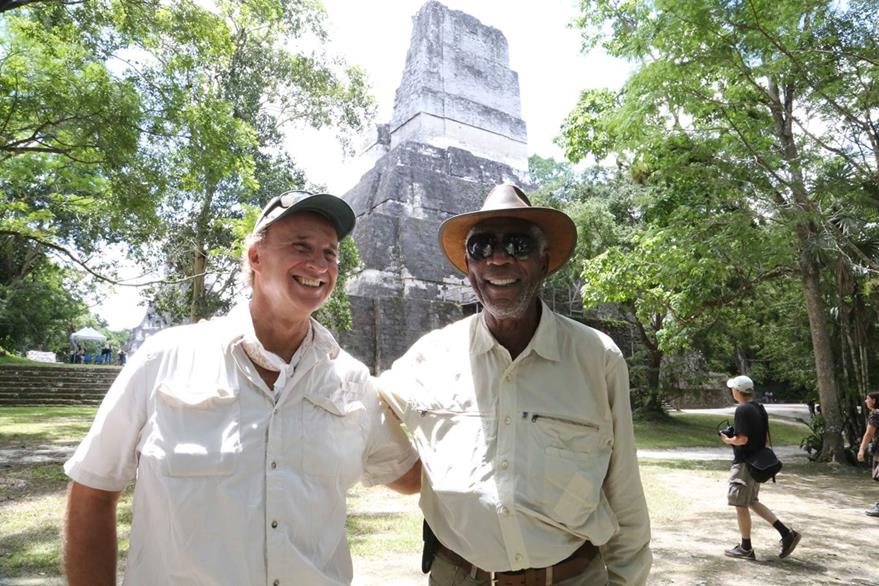Roads of more than 240 kilometers long designed, traced and built by the ancient Maya have been discovered in Guatemala, near the border with Mexico.
El Mirador is a late Maya preclassic city, located in Guatemala, in the heart of the Petén jungle, and it was recently revealed that the first network of super highways in the world was made there by this ancient civilization.
This was concluded in the framework of the “Cuenca Mirador” archaeological project, in which more than 700 square kilometers have been analyzed by experts. In addition, Richard Hansen, director of this program explained that this a one-of-a-kind study ever to be conducted in Mesoamerica.
![]()
In total, it is estimated that El Mirador, also known as the the “Kan” Kingdom, covers an area of 2,158 square kilometers within the Maya Biosphere Reserve and is also one of the most important environmental lungs in all the American Continent.
As part of this research, it has been determined that Guatemala has the privilege of being the cradle of the Maya civilization, and has the highest pyramids, in addition to the aforementioned unique road.
![]()
Within the analyzed area, experts have discovered cities, pyramids, terraces, canals, walls and the network of 17 roads measuring more than 240 kilometers long by 40 meters wide – which were used for freight transport.
The project was carried out with a high-precision radar called LIDAR, which scans the terrain with a laser that can penetrate the vegetation at a rate of 560,000 points per second, and has allowed the identification of unique archaeological features using 2D and 3D images.
According to Hansen, this was the first state in all of the Americas, and in its time could have been the largest in the world, both in size and population, as it is estimated that at least 1 million people lived there before it collapsed, around the year 150 BC.
![]()
Tikal is currently the largest excavation site in America and contains some of the most incredible archaeological remains of the ancient Mayan civilization.
It is also Guatemala’s most famous natural and cultural reserve, declared a national park in 1955 and a World Heritage Site by Unesco in 1979, however “El Mirador” has bigger cities than Tikal, only that they are still uncovered.
The research will continue with the aim of discovering more data on this fascinating civilization within this magnificent city, and for that, Hansen urges the governments of Guatemala and Mexico – as far as “El Mirador” extends – to support protecting the area and boosting sustainable tourism.
About Richard Hansen
Richard D. Hansen is a distinguished American archaeologist and currently Adjunct Professor of Anthropology at the University of Utah in Salt Lake City.
He previously has been an Affiliate Research Professor and Senior Scientist at the Institute for Mesoamerican Research in the Department of Anthropology at Idaho State University and an Associate Scientist (Level IV) at the Institute of Geophysics and Planetary Physics at UCLA.
Hansen is a specialist on the ancient Maya and also a director of the Mirador Basin Project, which investigates the mainly unexplored territory in the northern Peten, Guatemala.
Sources:
- http://www.mexiconewsnetwork.com/
- www.communitytourism.info
- https://es.wikipedia.org/wiki/Richard_D._Hansen



